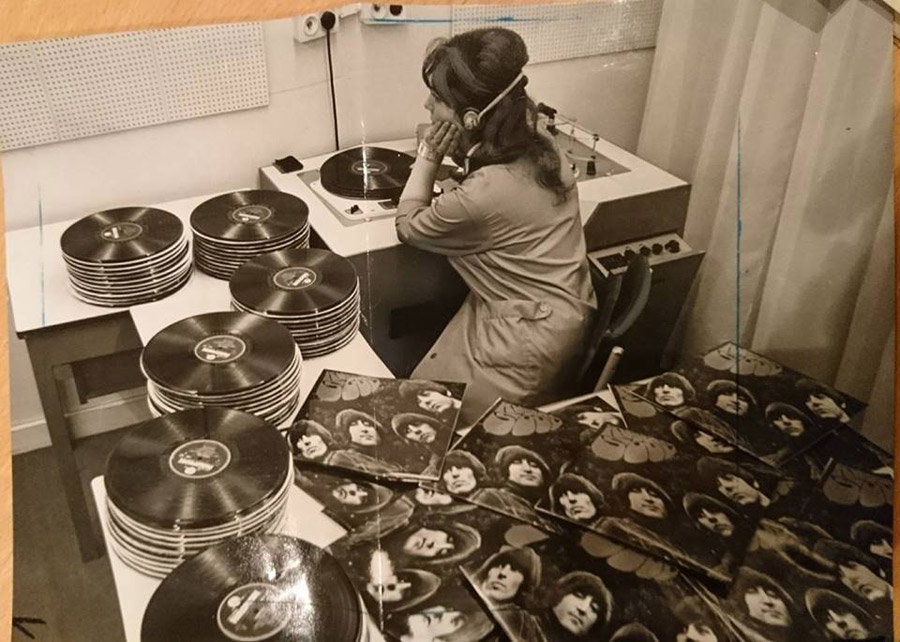Just in at number 5: A Musical Message

In the late 1920s, London postcard producers Raphael Tuck & Sons had the idea to mount a small gramophone disc on a postcard, so that you could send a musical message to your friends or family.
These 3” diameter, flexible discs played around 1 minute of music; this might be a short song, or an extract from a well-known classical piece. The postcards were recycled, older stock and the images rarely, if ever, had anything to do with the music on the disc.
It is said that they were so popular that some railway stations had portable gramophone players so that travellers could listen to their messages.
Today’s number 4: Timing is crucial
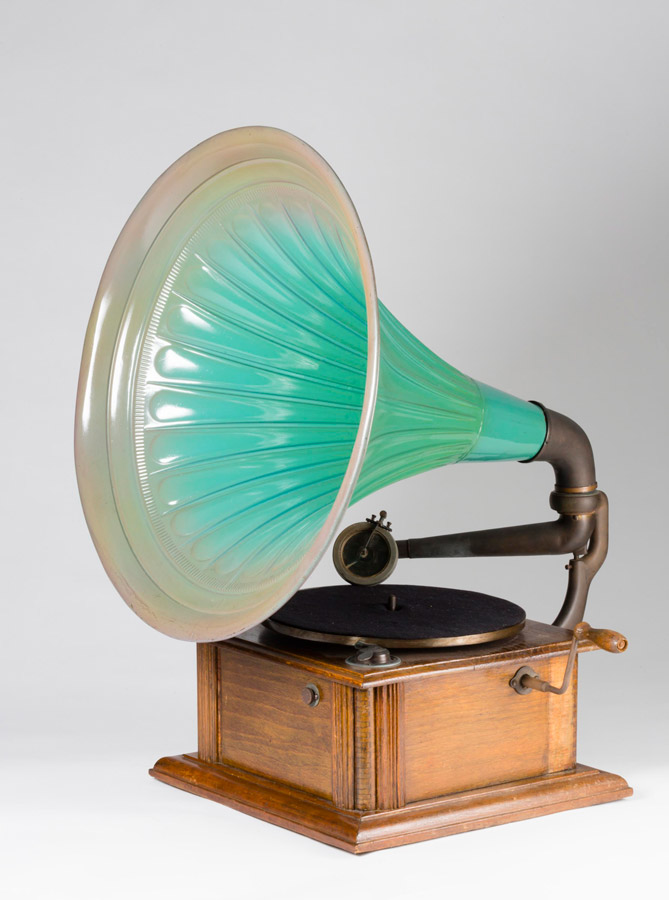
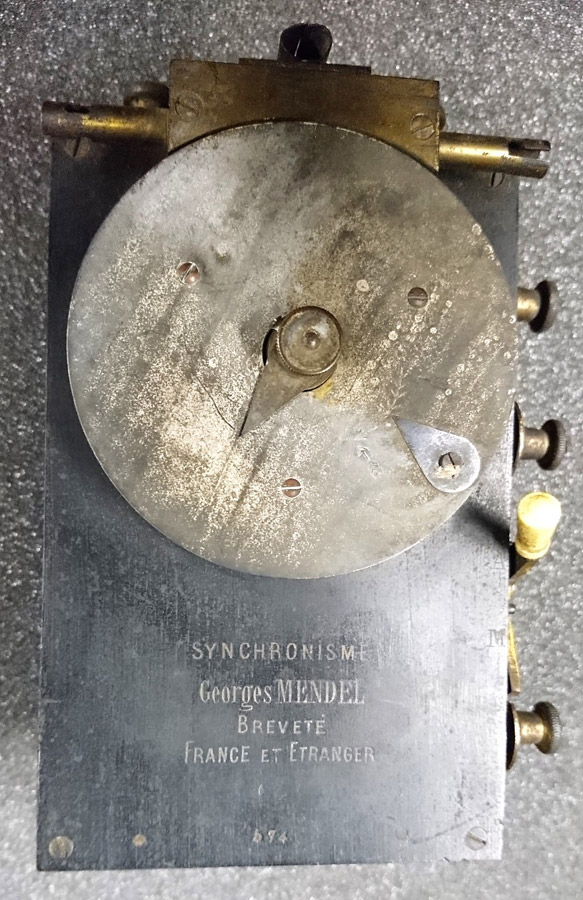
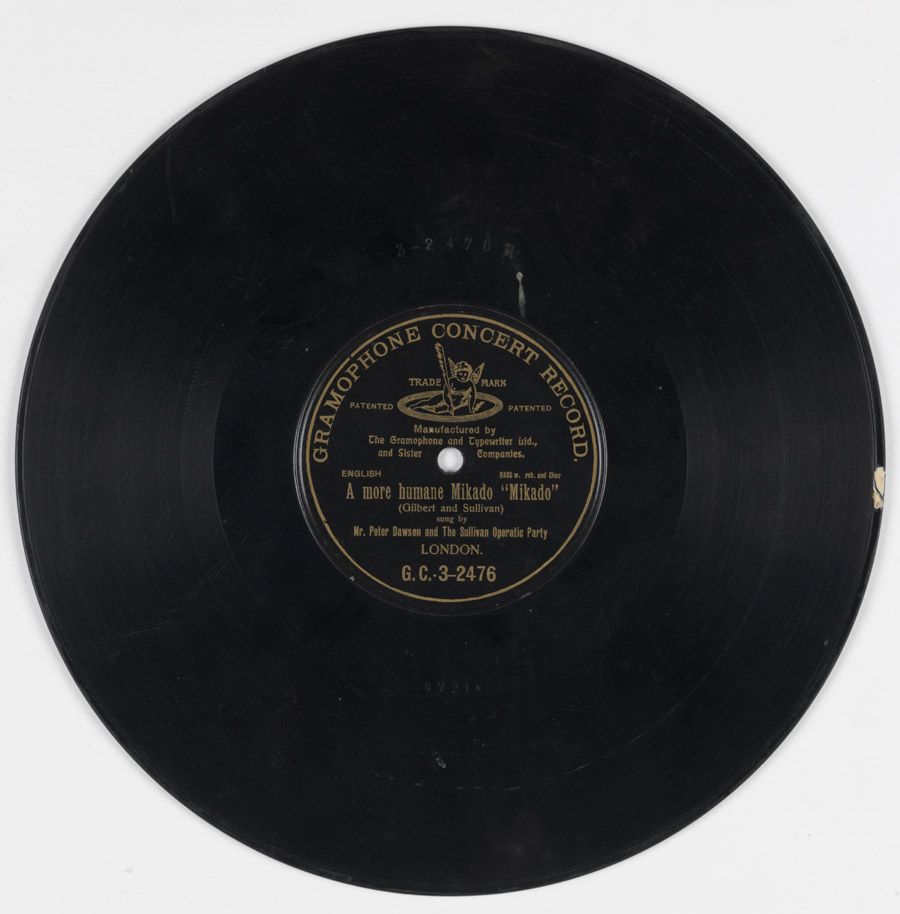
In the very early 1900s, before the ‘talkies’ arrived, films were usually accompanied by music, played live in the cinema. Paying one or more musicians to play for each individual film screening was expensive, but it was difficult to properly synchronise a gramophone disc with the film itself.
The Walturdaw Cinematophone used the Mendel Patent Synchroniser to connect an acoustic gramophone and a film projector together and keep them running at the correct speed. The Walturdaw company actually made films to accompany existing commercially available recordings, like this one—though they found themselves in legal trouble because of it!
A surprise entry at number 3: Snow White’s Coffin
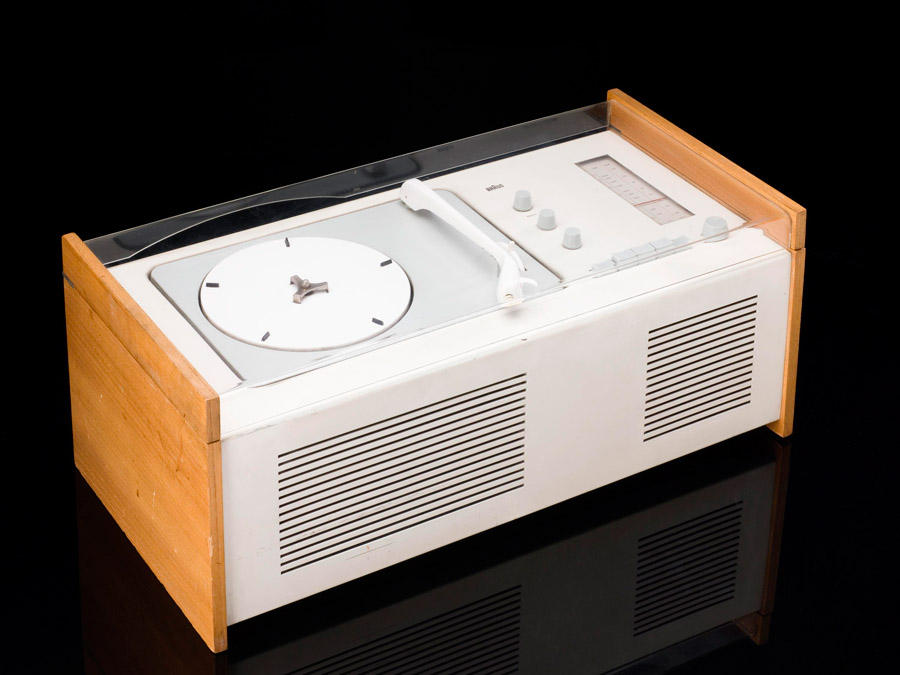
Record players have come in many different shapes, sizes and styles. This German radiogram from 1962, combining a record deck and radio receiver, was conceived by German designer Dieter Rams, according to his motto ‘less is better’.
The simple and elegant design of this record player was quite unlike anything else being made in the early 1960s, and it was often referred to by slightly shocked people at the time as ‘Snow White’s Coffin’ because of the plexiglass lid. However, it has since become a highly-prized design classic.
Just missing the top spot, at number 2: Mix it Up

Wired magazine named the Technics SL-1200 and 1210 series of turntables as one of ‘Six Machines that Changed the World’. They were used in the 1970s by seminal New York DJs such as Afrika Bambaataa and Grand Wizzard Theodore to develop the techniques of mixing and scratching, which became essential to many music genres, especially rap and hip hop.
Technics ceased production of this icon of pop culture in 2010, but after online petitions with tens of thousands of signatures, the SL-1210 was revived in 2016.
And still holding at number 1: A Hard Day’s Night?
Mrs Lake was a music tester for the EMI record company. Her job was to listen to every record before it left the factory, to make sure there were no faults or problems.
Here she is in 1965, listening to the Beatles Rubber Soul album. The first run of this album was 750,000 copies, so Mrs Lake would have been extremely busy! Dream job or total nightmare? Depends on whether you’re a big Beatles fan or not!
